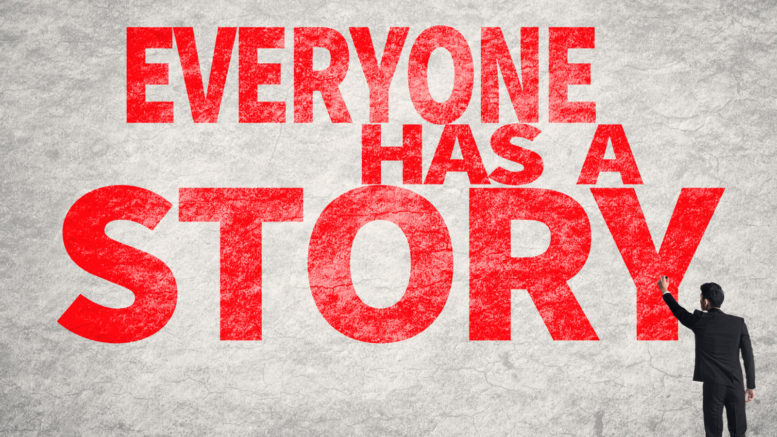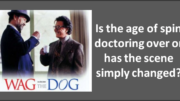In the communications business, we have seen many corporate stories, good and bad, being played out in full dramatic fashion. And very often, it’s the hand of PR that has had a role to play. In this ecosystem where we have fractured media, citizen journalists, a new digital arena and easily distracted consumers, Public Relations has to work harder to be successful. Basically, it’s about telling and reinforcing your company’s story.
The PR firm should understand the nuances of developing a client’s story, so it communicates the company messages in a credible manner.
It is understood that writing skills, social media expertise, and experience in public speaking are imperative for a successful PR professional. However, there is another component that is just as important for Public Relations professionals: the art of storytelling.
The art of storytelling
Storytelling is one of the most effective ways to communicate. It is important to PR strategies because it allows companies to better connect with their audience and ultimately stimulate the audience’s feelings, ideas, and attitudes to align with their marketing goals.
Once upon a time, storytelling ensured that legacies lived on – to teach, convey a message and entertain. It has evolved, and is a powerful tool today, that is used by many successful organisations – to engage with their employees and customers. Marketers have been telling brand stories for years through ads, brand experiences and so on. With the explosive growth of social media and content marketing, opportunities to tell stories as part of brand marketing initiatives have indeed become strategic.
Strategic storytelling is a method of using a simple narrative that helps organisations and leadership clarify their position in the story, like what is changing a company’s culture or why they are restructuring or introducing new processes. It is also an effective ‘pull’ engagement strategy, which allows for increased audience interaction. The intent of using strategic storytelling should be to engage with the audience and elicit a response or action.
Organisations should have the ability to use stories to connect and engage with customers and create a positive workplace culture, apart from formulating integrated marketing campaigns.
Key factors to implementing strong, strategic storytelling
Storytelling is what makes the news and we have to share more to make the story relatable and appealing. Since attention spans are short today, the stories we craft must be clear and to the point. Craft your story pitch carefully. Consider the audience; for the story you’re telling must appeal to multiple audiences, which is an opportunity to craft more than one story from a single piece of news, specific to a journalist or audience.
Some tips for brand storytellers

Brand storytellers should understand and hone the craft to intrigue, engage and connect emotionally with their audience. You can craft compelling brand stories for your own brand by using a mix of branding concepts and fiction writing techniques.
- Include a beginning, middle & end
The basic law for fiction stories is – it should have a beginning, a middle and an end. Your brand stories should follow a similar structure. In the beginning, have a strong opening and establish your story setting and then work your way through the middle and finally lead to an end. You need to take your reader along for the ride, and if they enjoy the ride, they’ll stay with you.
- Speak the truth
In brand storytelling – honesty and transparency are important, and your stories need to be rooted in the reality of your brand, products and industry. Brand stories must adhere to the three primary steps of brand-building: consistency, persistence and restraint. Be creative but don’t stray too far from your brand promise.
- Don’t reveal all
Make sure your brand stories are show-stoppers. They must leave an impact and have your audience wanting for more, so that they will come back again and again. You could use social media to arouse curiosity – may be, you could release teasers via Facebook, email, or Pinterest. Perpetual marketing tactics offer the perfect opportunity to include offline and mobile marketing in your brand storytelling initiative, too.
The ultimate in all brand building efforts, or the goal is to surround your consumers with brand experiences (including stories), so they can select how they want to interact with your brand. Give them multiple ways to enjoy your brand story, and you’ll find yourself moving closer to achieving your brand marketing goals.
So, what is your story?
Succeed in telling a great story and it will resonate with your customers in a lasting way. Plus the bonus point is – it energizes your overall marketing efforts and reinforces real emotional connections between your brand and your customers.
The PR firm’s job is not just about promoting company news. It is all about trying to weave it into a story that is honest, compelling and memorable.










Be the first to comment on "Strategic Storytelling in PR"